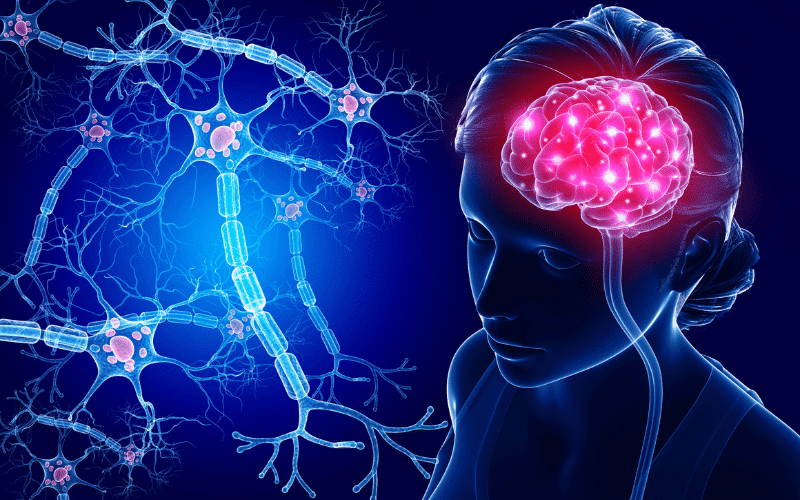6. Central Sensitization: The Brain’s Role in Fibromyalgia Pain

Central sensitization is a phenomenon that occurs in the central nervous system (CNS) and is believed to play a significant role in the development and maintenance of fibromyalgia pain. In central sensitization, the CNS becomes hyper-reactive to pain signals, leading to an increased perception of pain and sensitivity to stimuli that would not normally cause pain.
The mechanism underlying central sensitization involves the activation of pain-sensing neurons in the spinal cord and brain, which leads to an increase in the release of pain-modulating neurotransmitters. Additionally, changes in the way the CNS processes and interprets pain signals can also contribute to central sensitization.
Studies have shown that fibromyalgia patients have higher levels of certain pain-modulating neurotransmitters in their CNS, suggesting that central sensitization is involved in the development of fibromyalgia pain. Furthermore, treatments that target the CNS, such as cognitive-behavioral therapy and anti-depressant medications, have been shown to be effective in reducing pain and other symptoms associated with fibromyalgia.
The role of central sensitization in fibromyalgia pain highlights the complex interplay between the brain and the body in the development and maintenance of chronic pain conditions. Understanding the mechanisms underlying central sensitization and its role in fibromyalgia is crucial for the development of effective treatments for this debilitating condition. (6)